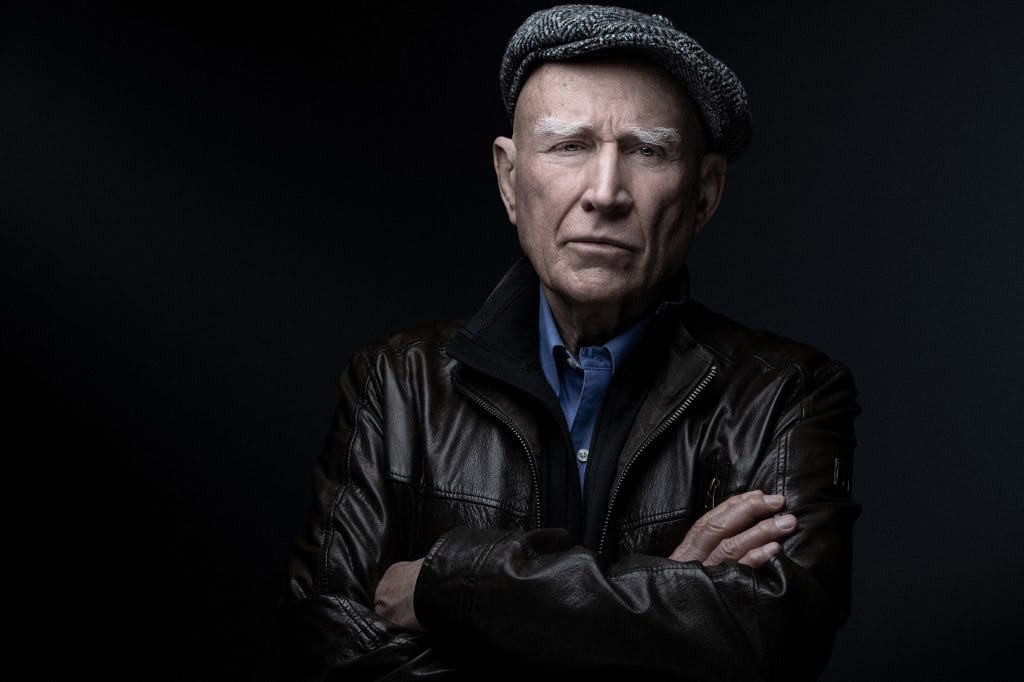Brazilian photographer Sebastião Salgado, known for his powerful black-and-white images of the Amazon and global conflicts, died on Friday at the age of 81, his family and the French Academy of Fine Arts announced. The institution, based in Paris and of which he had been a member since 2016, described him as a “great witness to the human condition and the state of the planet.”
“Laurent Petitgirard, perpetual secretary, along with the members and correspondents of the Academy of Fine Arts, regret to announce the passing, this Friday, May 23, at the age of 81, of their colleague, photographer Sebastião Salgado,” the academy wrote on X.
His family also confirmed his death said that “he contracted a particular form of malaria in 2010 in Indonesia during his Genesis project.” “Fifteen years later, complications from the disease developed into severe leukemia, which ultimately took its toll,” the family added in a statement.
“Through the lens of his camera, Sebastião tirelessly fought for a fairer, more humane, and more ecological world,” his relatives continued. Born on February 8, 1944, in the rural town of Aimorés in the southeastern state of Minas Gerais, Salgado went into exile in France in 1969 to escape the military dictatorship, accompanied by his future wife, Lélia Wanick, with whom he had two sons.
“We received very sad news (…) the death of our colleague Sebastião Salgado, if not the greatest, one of the greatest and finest photographers the world has ever known,” said Brazilian President Luiz Inácio Lula da Silva during an event in Brasília.
Photography as “A Mirror of Society”
rom Rwanda to Guatemala, including Indonesia and Bangladesh, the Brazilian photographer—who also held French nationality—documented famines, wars, mass migrations, and labor exploitation in the developing world. In recent years, he also focused his work on nature conservation. In fact, as early as 1998, he and his wife Lélia Wanick founded Instituto Terra, an initiative aimed at restoring forests and biodiversity lost to deforestation.
Salgado’s photographs were published in the international press and magazines such as Life and Time, and featured in countless books and exhibitions—particularly in Paris, where he spent much of his life. The artist viewed photography as “a powerful language for trying to establish a better relationship between man and nature,” the French Academy of Fine Arts recalled in his biography.
In an interview in London in April 2024, he stated that photography was “the mirror of society.” A trained economist, Salgado worked almost exclusively in black and white, which he saw both as an interpretation of reality and a way to convey the irreducible dignity of humanity.






